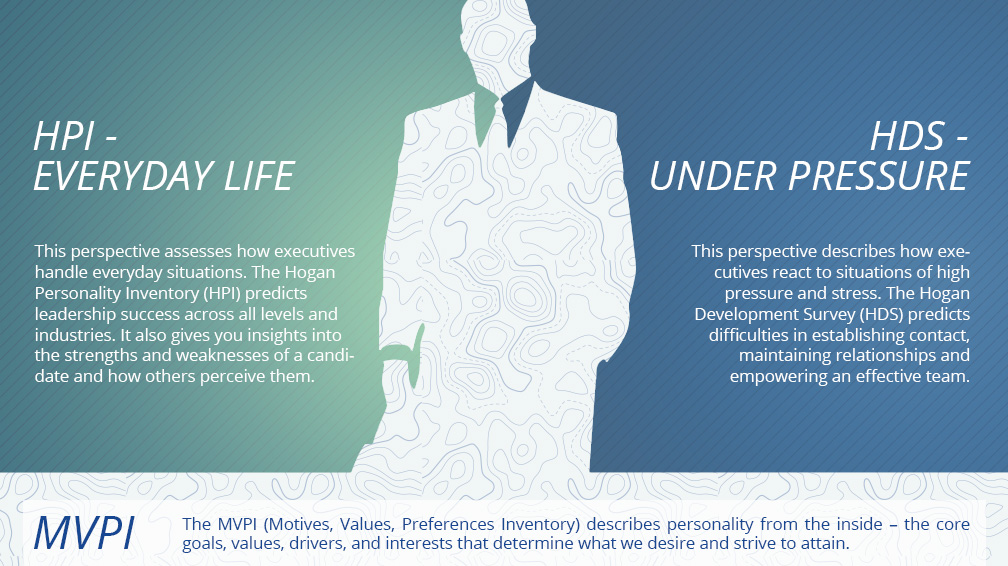
Candidates for executive roles tend to be hired for their assumed ability to solve the challenges facing performance-driven companies, such as consultancy firms. This can refer to specific tasks, general fields of activity, professions or profession classes. Suitability, in this context, refers to the likelihood of success in the relevant tasks or profession. This requires specific skills and expertise as well as motivational characteristics (motives, needs, readiness, attitudes and values) and other personality traits (e.g. extroversion, emotional stability).
A focus on basic skills
Companies should focus their executive search and selection on generalizable potential, such as the fundamental leadership skills and character traits of potential candidates. This is especially helpful with respect to relatively unpredictable future requirements in employee and management teams. This helps you avoid situations in which you hire executives for their professional qualifications and dismiss them for their personality or behavior later. It also provides a considerable, long-term boost to the success of your company.
Personality and leadership
“Personality” refers to human character traits that inform their behavior. Almost everything we do is guided by our most intimate needs. Psychologists call them “motivations”. We strive to reach a specific status, advance our own career, or become a trusted confidante to someone we value highly.
Smart organizations prioritize finding talented people and preparing them for a promotion. Unfortunately, most organizations struggle to find suitable, precise methods for identifying and developing those employees that are best suited to become successful executives.
They can benefit from personality assessments that explain and predict professional success. The Hogan assessment test measures reputation from two perspectives:
Everyday life – HPI
This perspective assesses how executives handle everyday situations. The Hogan Personality Inventory (HPI) predicts leadership success across all levels and industries. It also gives you insights into the strengths and weaknesses of a candidate and how others perceive them.
Under pressure – HDS
This perspective describes how executives react to situations of high pressure and stress. The Hogan Development Survey (HDS) predicts difficulties in establishing contact, maintaining relationships and empowering an effective team.
MVPI
The MVPI (Motives, Values, Preferences Inventory) describes personality from the inside – the core goals, values, drivers, and interests that determine what we desire and strive to attain.

Guidance for important HR decisions
The Hogan Assessments were developed to predict behavior within organizations and find useful applications for this information. It uses three personality perspectives to yield highly differentiated descriptions of executives at their workplace. Unlike other personality surveys, it measures external perception rather than self-image. This makes it an important decision-making tool for companies across all industries. It informs decisions at multiple critical stages of HR management, such as:
- Employee selection and development
- Design of efficient selection processes
- Planning of developmental measures based on concrete suggestions
- Reduction of accident rates, safety risks and related costs
